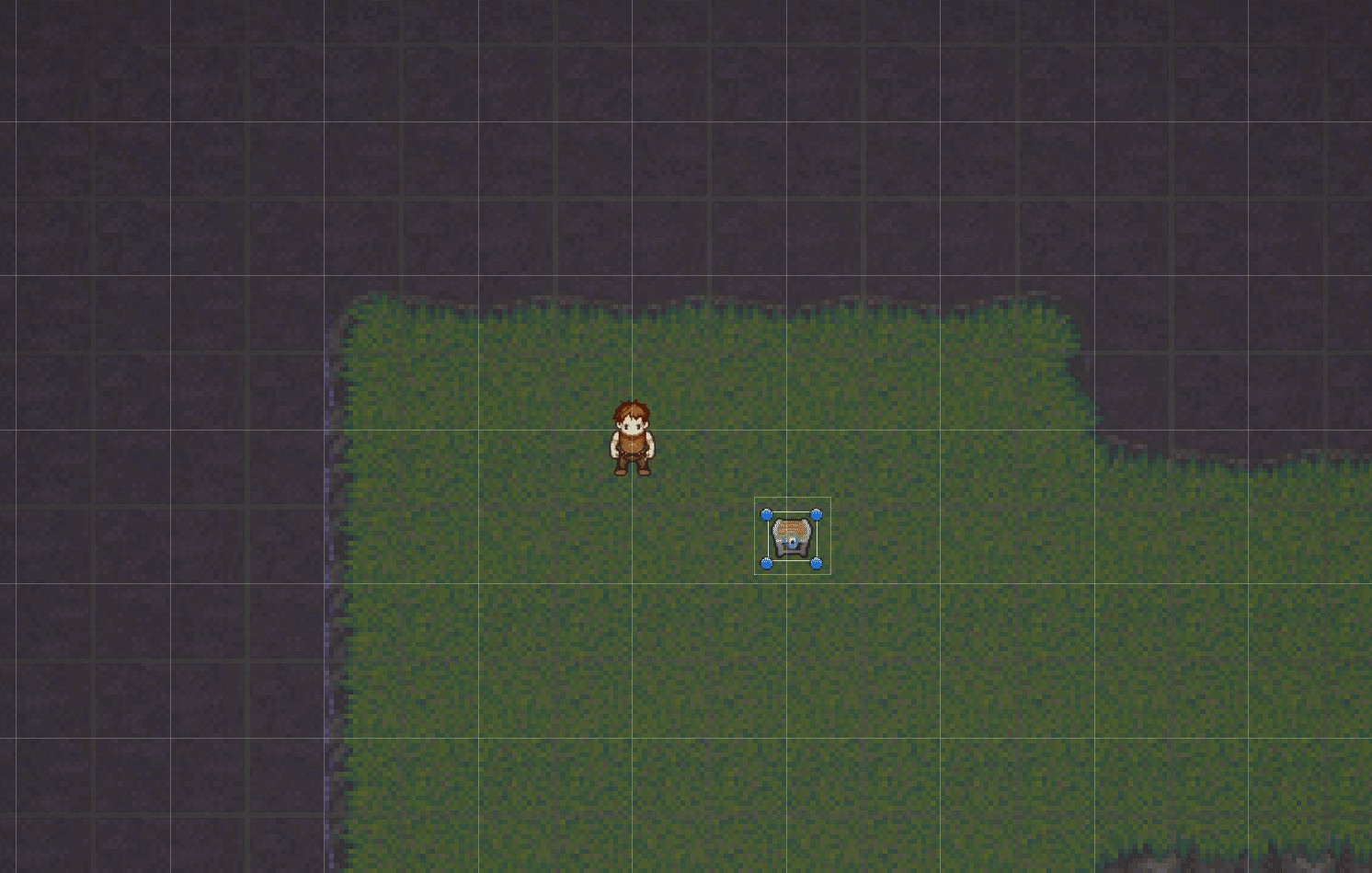TileMap – How To Get ALL The Tiles Effortlessly!
If you're building a 2D game in Unity3D, odds are you've come across the TileMap component. The TileMap is a powerful tool that allows you to create a grid of tiles that you can render your tiles with instead of hand-placing individual game objects with sprites. It has a host of built in functionality that you might otherwise find yourself manually writing, like mapping coordinates to particular cells on a map. And what's even cooler about using a TileMap? You don't need to handroll your own editor to paint tiles! I think I'd pass on having to do that. But have you found yourself in a situation where you want to get all of the painted tiles on a TileMap? You may have found it's not quite as obvious as you'd have hoped! What We Have To Work With On…



